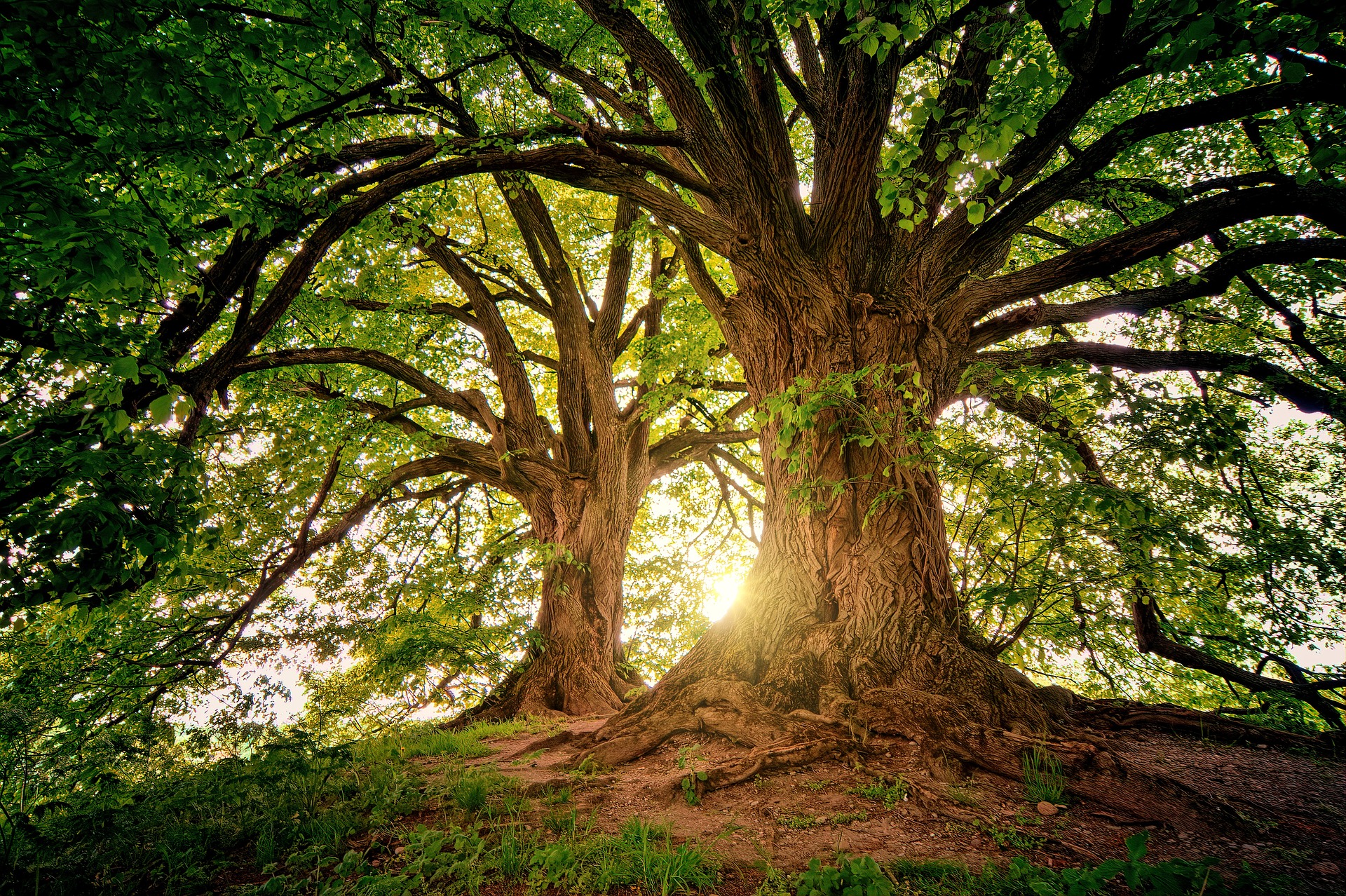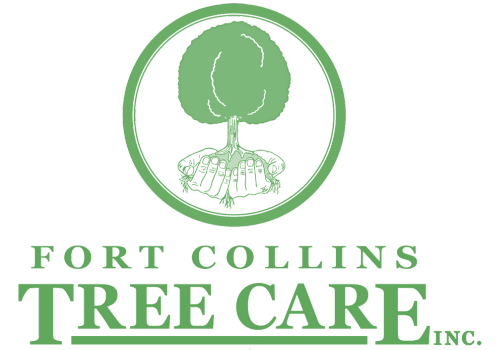ARE YOU READY FOR SOME HELP?
Damage caused by leaf curl aphid
Leaf Curl Aphids are a common problem for both trees and shrubs. The aphid feeds on the leaf sucking out nutrients, causing the leaf to “curl” around the insect. The aphids may produce a large amount of sticky honeydew. Leaf curling effects the plants ability to collect sunlight for energy production and robs the plant of valuable nutrients. Leaves that have been curled by aphids will eventually die and fall off the plant causing stress
Aphids feed by sucking sap from plants. When the number of aphids on a plant are very high for an extended period, their feeding can cause wilting and sometimes even dieback of shoots and buds. Some aphids can cause leaf curling when the insect infests emerging leaves.
Gray sooty mold grows on the honeydew, further detracting from plant appearance. Ants, yellowjacket wasps, flies, and bees are usually attracted to plants that are covered with honeydew.
Low to moderate numbers of leaf-feeding aphids aren’t usually damaging in gardens or on trees. However, large populations can turn leaves yellow and stunt shoots; aphids can also produce large quantities of a sticky exudate known as honeydew, which often turns black with the growth of a sooty mold fungus. Some aphid species inject a toxin into plants, which causes leaves to curl and further distorts growth. A few species cause gall formations.
One can look for certain signs on a plant to verify the presence of aphids. Leaf curling, the presence of ants or the excretion of a sweet, honeydew-like substance may all be an indication of an aphid problem.
Image by: Cheryl Moorehead, individual, Bugwood.org
How to identify leaf curl aphids
Aphids are small, soft-bodied insects with long slender mouthparts that they use to pierce stems, leaves, and other tender plant parts and suck out fluids.
Aphids are usually smaller than 1/8″ in length even when full grown. A pair of cornicles sticks out of the back of their oval shaped body. Aphids can be green, orange, yellow, black or red. Leaf curl aphids are covered with wax and they gather in clusters in the leaf curls.
Aphids have soft pear-shaped bodies with long legs and antennae and may be green, yellow, brown, red, or black depending on the species and the plants they feed on.
Most species have a pair of tubelike structures called cornicles projecting backward out of the hind end of their body. The presence of cornicles distinguishes aphids from all other insects.
most aphids don’t move rapidly when disturbed.
Image by: Clemson University – USDA Cooperative Extension Slide Series, Bugwood.org
Life cycle of the leaf curl aphid
Female aphids lay eggs in protected crevices in trees and shrubs in late fall. The eggs hatch into nymphs in the spring soon after the host plants start to grow. Leaf curl aphids mature in 10 to 14 days.
Mature aphids have 3 to 5 female young per day until they die in the fall. The last generation of aphids contains males and females that mate before the females lay eggs. Many generations of leaf curl aphids occur in a single year, so a few aphids can quickly grow into a leaf curl aphid infestation.
Image by: Russ Ottens, University of Georgia, Bugwood.org
How to control the leaf curl aphid
Many insects, including lady beetles, green lacewings, flower flies, and parasytic wasps, prey on leaf curl aphids.
Aphids can be removed from trees and shrubs by just washing with water.
Insecticidal soap and contact insecticides can kill many aphids, but leaf curl aphids are protected by the leaf wrapped around them. We apply systemic insecticides to kill leaf curl aphids when insect predators, washing and contact insecticides aren’t enough to control your aphid infestation.
For aphids that cause leaves to curl, once aphid numbers are high and they have begun to distort leaves, it’s often difficult to control these pests, because the curled leaves shelter aphids from insecticides and natural enemies.
Substantial numbers of any of these natural control factors can mean the aphid population may be reduced rapidly without the need for treatment.
Ants are often associated with aphid populations, especially on trees and shrubs, and frequently are a clue that an aphid infestation is present. If you see large numbers of ants climbing your tree trunks, check higher up the tree for aphids or other honeydew-producing insects that might be on limbs and leaves. To protect their food source, ants ward off many predators and parasites of aphids. Managing ants is a key component of aphid management. (See Cultural Control.)
Many predators also feed on aphids. The most well known are lady beetle adults and larvae, lacewing larvae, soldier beetles, and syrphid fly larvae.
Where aphid populations are localized on a few curled leaves or new shoots, the best control may be to prune out these areas and dispose of them. In large trees, some aphids thrive in the dense inner canopy; pruning out these areas can make the habitat less suitable.
When aphids can’t be controlled by these natural methods, insecticides containing the active ingredients acephate, bifenthrin, and imidacloprid are effective.
This type of aphid is easily controlled, however, early treatment is recommended before damage occurs. Treatments can be done by soil injection where by making for a safer and more efficient way to treat this pest.













